Virtual Museum > The early ones > More complex adding machines
The MILLIONAIRE (English)
La MILLIONNAIRE (French)
MILLIONAR (German)
First, a little precision: I classified this one in the section "more complex adding machines", but in fact this one was able to Multiply directly the numbers.
I know that you could do multiplication using a Time Is Money machine, or even with a slide rule, but the Millionaire was the first commercialized machine where the multiplication was done using a simple turn of the crank (one turn ! )
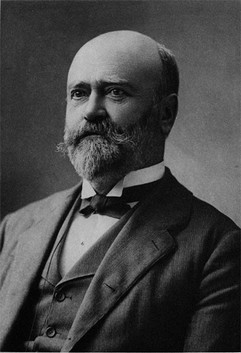
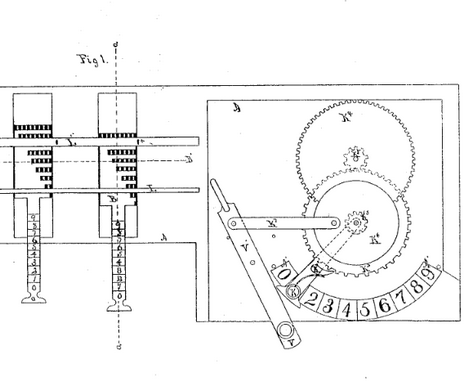
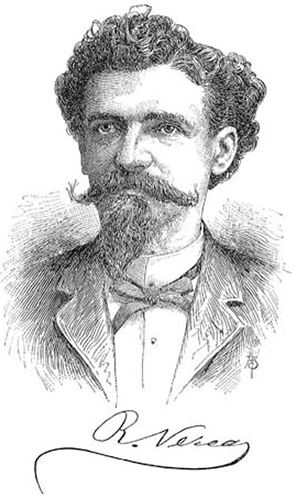
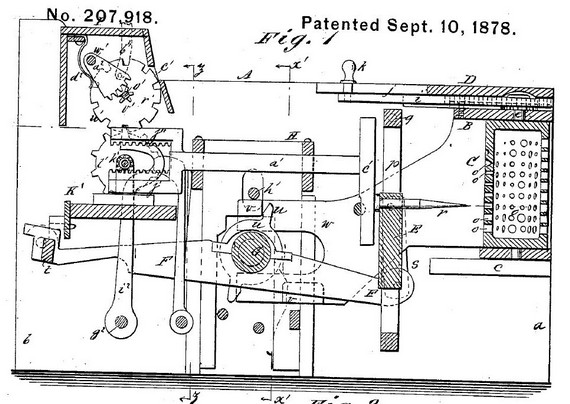
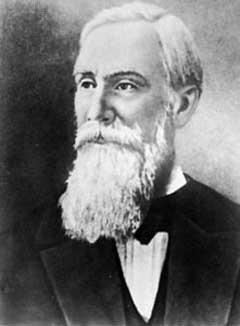
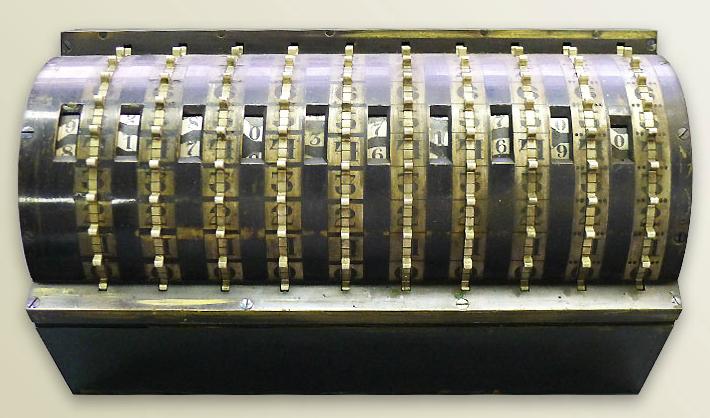
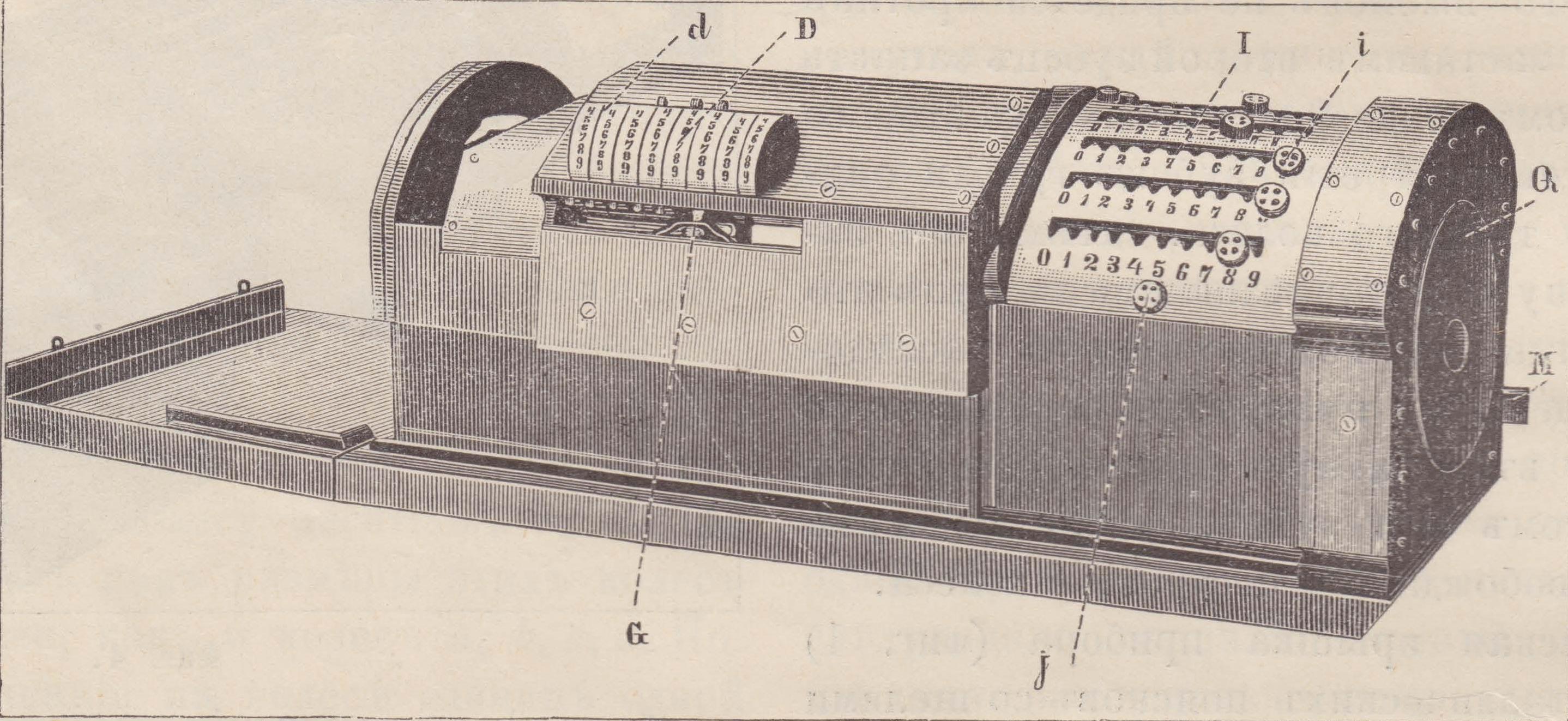

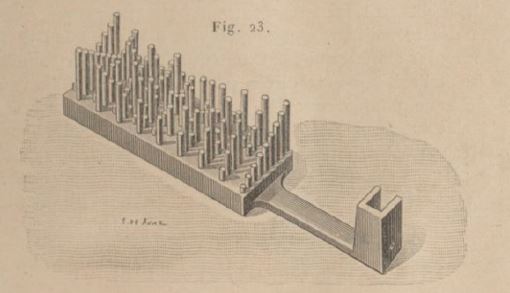
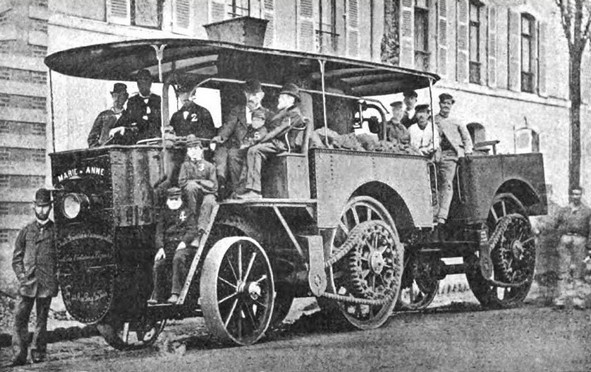
There are a few good pages describing the history of the calculating machines, but here is a summary that I found interesting because it places them in context.
1872: Patent for a multiplication machine by Edmund Barbour


However, I don't think it was commercialized either.
1878: Ramon VEREA invents and get a patent for a machine that can multiply numbers directly.
The idea is to use the multiplication table and physically represent that somehow: he chose to have drums with holes, where the size of the hole represent the number (0 being the smallest and 9 the biggest). In front of these drums some conical pins would engage proportionnally to the size of the hole.Although he got a patent, and constructed a demo unit, he never commercialized this machine
1881: A russian mathematician named Pafnuty Chebyshev invents a new type of adding mechanism.

The wheels will move continuously instead of skipping from digit to digit. This is shown in the picture below. As you can see, the numbers are not aligned, but rather in between.

This adding machine could be coupl;ed to a second mechanism designed to produce multiplication by simply repeating all the additions. Here is a view of the second mechanism

That was quite ingenious in the way that we have one of the first modular system for calculations.
However the machine was never commercialized or patented
1889: Léon BOLLEE, a mechanical engineer, invents a calculating machine that was rather complicated, but was able to produce multiplication. It is considered the direct ancestor of the Millionaire.

The idea was very similar to the Ramon VEREA machine (although it's almost sure they had no contact, and didn't know of each other). Instead of holes, we have pins, of various length, representing the multiplication table.
As a side note, Léon was the son of Amédée BOLLEE who was a French manufacturer of automobiles, mostly steam engines. One of the biggest car was the Marie-Anne, which had a 100 horse power engine (Steam) and was able to pull up to 100 tons.

But let's go back to the Millionaire now:
more details to follow....
This page has been seen
times since January 2017
